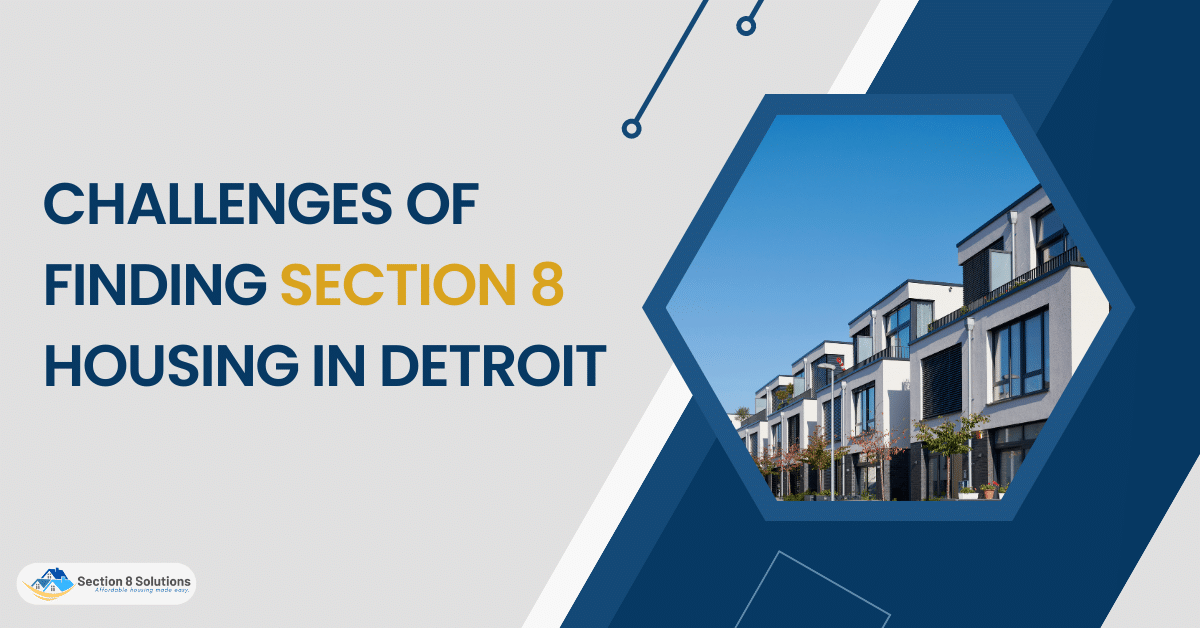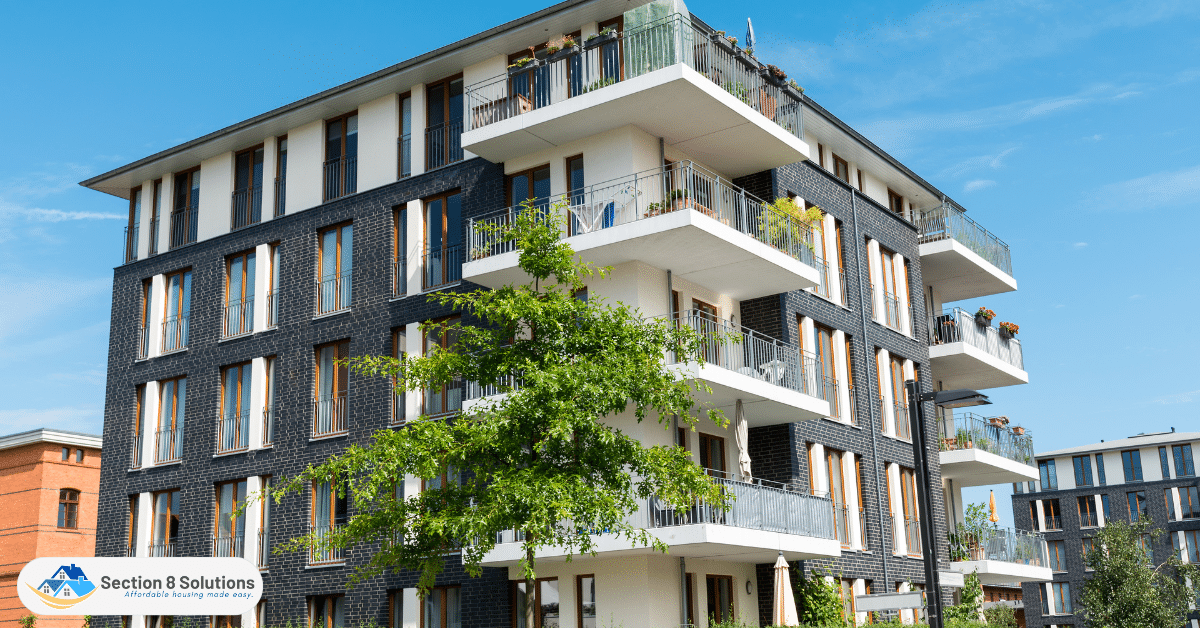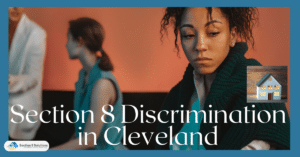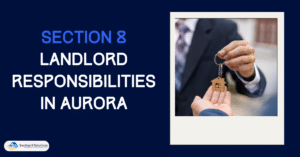Finding Detroit Section 8 housing is difficult. First, a paucity of units causes extensive waiting lists and restricted application alternatives. Second, competition for cheap housing is great, making it hard to find a good rental. Finally, certain Detroit Section 8 properties may have varying conditions and upkeep difficulties, requiring residents to adapt.
In this blog, we will explore the topic of Section 8 housing in Detroit and its crucial role in providing affordable housing options for low-income individuals and families.

1. Limited Availability of Units
Finding suitable Section 8 housing in Detroit can be a daunting task due to the shortage of available units. The demand for affordable housing far exceeds the supply, resulting in long waiting lists and limited options for applicants. This scarcity of Section 8 housing units can be attributed to various factors.
Firstly, the city of Detroit has experienced a significant population decline over the years, leading to an imbalance between the number of people seeking affordable housing and the available units. The economic challenges faced by the city have also contributed to the limited availability of Section 8 housing.
Moreover, the high demand for affordable housing in Detroit amplifies the scarcity of Section 8 units. Many low-income individuals and families rely on this program to secure housing that fits within their budget. The combination of economic factors, poverty rates, and unemployment further exacerbates the demand, resulting in a challenging situation for applicants.

2. Fierce Competition among Applicants
Securing Section 8 housing in Detroit is a highly competitive endeavor, with numerous applicants vying for a limited number of available units. Several factors contribute to this intense competition, making it challenging for individuals and families to stand out and secure a suitable rental.
The city’s poverty rate, which remains higher than the national average, plays a significant role in driving the demand for affordable housing. With a substantial portion of the population struggling to meet their housing needs, the competition for Section 8 units becomes fierce. Additionally, high unemployment rates further contribute to the demand for subsidized housing options, as individuals seek stable and affordable living arrangements.

3. Varying Conditions and Quality of Properties
One of the challenges faced by applicants searching for Section 8 housing in Detroit is the varying condition and quality of the available properties. This variability can pose significant obstacles for individuals and families in their pursuit of suitable and comfortable housing options.
The discrepancies in property conditions can be attributed to multiple factors. First and foremost, maintenance issues play a crucial role. Some Section 8 properties may suffer from neglect or lack of regular upkeep, resulting in deteriorated conditions and potential functional problems. Limited resources for property maintenance and repairs can contribute to these challenges.
Furthermore, the behavior and responsibility of landlords also impact the condition of Section 8 properties. While many landlords diligently maintain their properties, others may not prioritize regular maintenance or invest in necessary improvements. The lack of oversight and accountability can lead to disparities in property conditions and quality.

4. Limited Access to Transportation and Services
Residents of Section 8 housing in Detroit often face challenges when it comes to accessing transportation and essential services, which can significantly impact their daily lives. Limited public transportation options and the potential distance between Section 8 properties and crucial services such as healthcare, schools, and grocery stores contribute to these challenges.
Public transportation plays a vital role in connecting individuals to various amenities and services. However, Detroit faces limitations in its public transportation system, with fewer routes and reduced frequency compared to some other major cities. This can make it difficult for Section 8 housing residents to commute to work, school, medical appointments, and other essential locations.

5. Administrative and Application Process
The application process for Section 8 housing in Detroit involves several administrative challenges that applicants must navigate. Understanding the requirements, completing the necessary paperwork, and meeting eligibility criteria can be complex and time-consuming. Here, we will discuss these challenges and provide tips and resources to help applicants navigate the process more efficiently.
To apply for Section 8 housing, applicants must provide various documents and meet specific eligibility criteria. These requirements often include proof of income, identification documents, social security numbers, and verification of family composition. Gathering and organizing these documents can be overwhelming, especially for individuals with limited access to resources or those facing language barriers.

6. Future Prospects and Potential Solutions
While finding Section 8 housing in Detroit presents challenges, there are potential future prospects and solutions being explored to address these issues and improve access to affordable housing in the city.
Ongoing initiatives and collaborations aim to increase the supply of affordable housing units. Public-private partnerships, nonprofit organizations, and government agencies are working together to develop new affordable housing projects and rehabilitate existing properties. These efforts can help expand the availability of Section 8 housing options and reduce waiting lists.

Conclusion
In conclusion, the challenges of finding Section 8 housing in Detroit are significant and encompass various aspects. The limited availability of units, fierce competition among applicants, varying property conditions, safety concerns, limited access to transportation and services, and administrative complexities pose hurdles for individuals and families seeking affordable housing.
However, amidst these challenges, there is hope for improvement. Ongoing initiatives, collaborations, and policies are aimed at addressing these issues and increasing access to affordable housing options in the city. The commitment of stakeholders, such as government agencies, nonprofit organizations, and community groups, highlights the potential for positive change.












